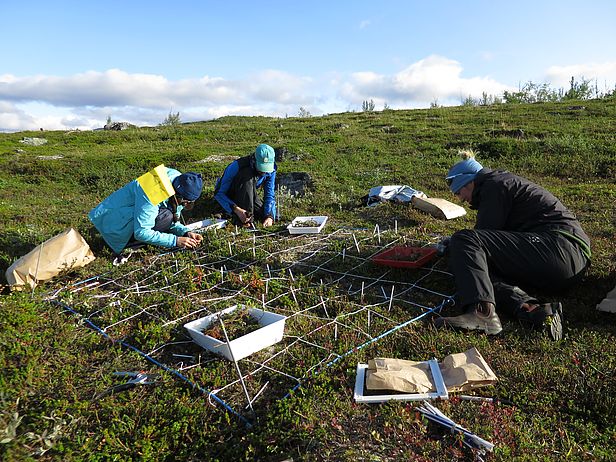Seeing the wood for the trees: the elusive function of dark septate root endophytes in carbon-rich polar and alpine ecosystems
2018 - 2021
Financement
Mycorrhizal fungi play a major role in the turnover of soil organic matter (SOM), providing their plant hosts with nutrients by decomposing SOM, whilst in direct competition with free living microbes. Their ecological significance is currently in focus, as climate change driven vegetation shifts in carbon-rich polar and alpine regions, can potentially promote their saprotrophic activity and thereby the release of greenhouse gases to the atmosphere. Another type of root-associated fungi, dark septate endophytes (DSE), are as equally abundant as mycorrhizae in these regions, yet their ecological function has remained elusive. In this project we implement an innovative approach, based on isotopic and genetic techniques, to investigate DSE's functional importance in SOM decomposition, uptake of organic nitrogen and its transfer to plant roots. This is done in situ within a diverse natural plant community and in direct comparison to both mycorrhizal fungi and free-living saprotrophs.